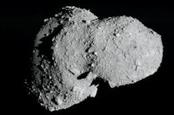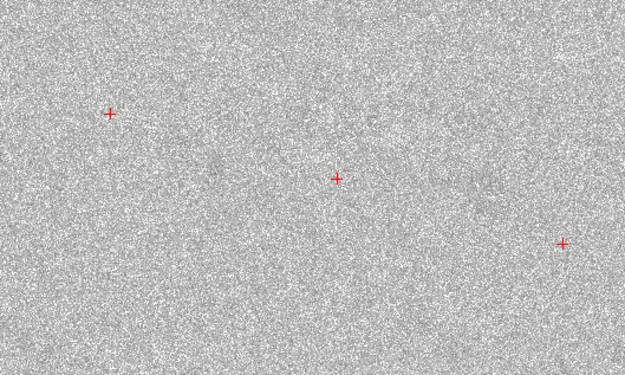This article is more than 1 year old
Bad news: Earth is not going to be walloped by asteroid 2006 QV89. Good news: Boffins have lost sight of it, so all hope is not yet lost
Wait, did we get that the right way around?
Pic Panic-stricken headlines claiming Earth will be slammed by an asteroid on September 9 this year should be ignored, the European Space Agency (ESA) assures us.
The supposedly planet-menacing 100-foot-(30-metre)-diameter space rock, dubbed 2006 QV89, was discovered in August 2006. Following observations over ten days back then, astronomers predicted it had a 1-in-7,000 chance of crashing into our home world 13 years later in September 2019.
With that date looming, experts at ESA and the European Southern Observatory (ESO) decided to take another look at 2006 QV89 this month, and used the ESO’s Very Large Telescope (VLT), a ground-based observatory in the Atacama desert in Chile, to peer through space at the hurtling rock.
And guess what: they couldn’t find the bloody thing. Tracking asteroids is surprisingly tricky, you know, especially when they’re newly discovered and their orbit paths are not yet confirmed, as is the case of QV89. It's hard to pinpoint where they are in the vast obsidian void, especially more than a decade after they are first seen. Still, as we'll explain in a minute, the boffins persisted in their search because 2006 QV89 is a fairly worrying size.
You see, NASA estimates that an asteroid has to be at least 82 feet (25 metres) across in order to get into Earth's atmosphere far enough to be relatively dangerous before air compression destroys the invader. Thus, even relatively small cosmic boulders, such as QV89, can cause a bit of a bad day on arrival, as Russia experienced with the 20-metre Chelyabinsk meteor in 2013.
Since near-Earth asteroid QV89 was observed for just ten days 13 years ago – the same year Twitter was created and no-one outside Apple had yet heard of the iPhone – you can forgive the astronomers for being unable to find the thing in their telescopes this month. However, they didn't give up: by simulating the orbital mechanics of 2006 QV89, they identified the area of space the asteroid would have to travel through if it was to have a serious chance of hitting Earth. And nothing at all was seen in that region: so, no asteroid in that area means no real chance of it hitting our planet. Fingers crossed.
“Teams obtained very ‘deep’ images of a small area in the sky, where the asteroid would have been located if it were on track to impact Earth in September. Nothing was seen,” ESA said in a statement.
Here’s an image of what they saw, and it just looks like a load of white noise. The red crosses are the locations that the 2006 QV89 would have had to appear if it was going to smash into Earth:
Given the size of the asteroid, VLT would have been able to spot it unless it was too small, as in, less than a few metres across. In that case it wouldn’t pose much of a danger to us because it is then small enough to burn up in Earth’s atmosphere. Such small encounters are fairly commonplace – the Earth takes a hit from an asteroid exploding with the energy equivalent of a kiloton, or sometimes up to 600 kilotons, of TNT once every six months on average. ®


